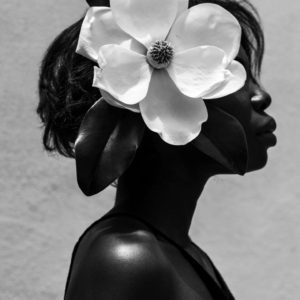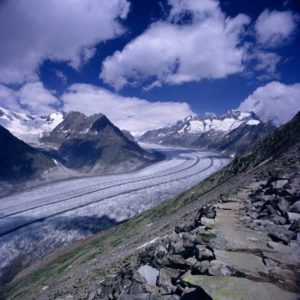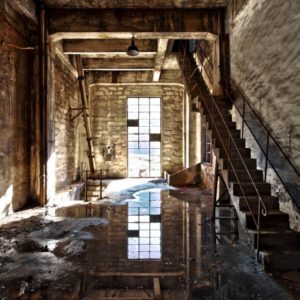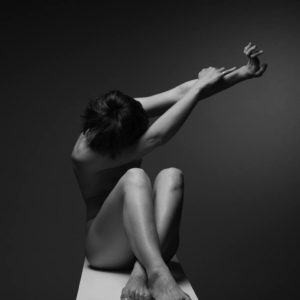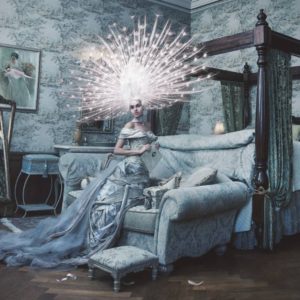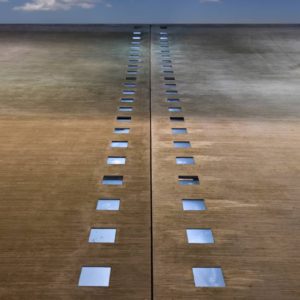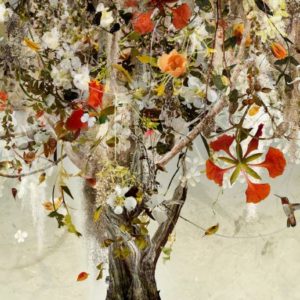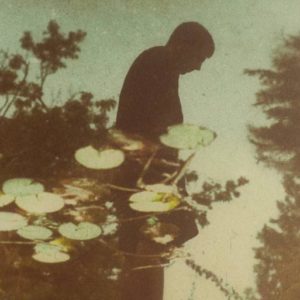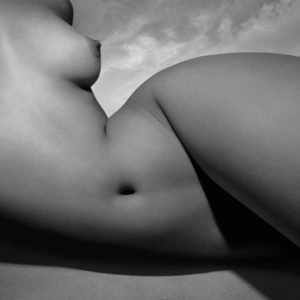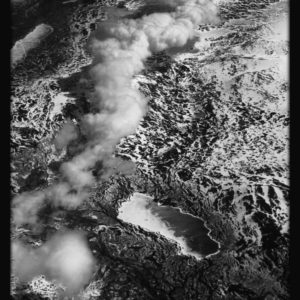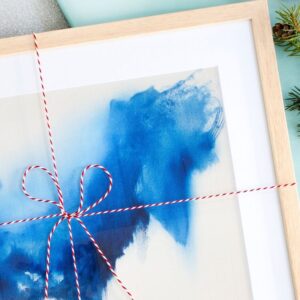Art History 101
Photography as Art Form
Since its invention photography has affected how the world views and consumes history, as well as everyday life. A photograph is capable of not only capturing a brief moment in time, but can represent an entire social movement or be a catalyst for change. Read on to learn about the creation of photography as a medium, its art historical narrative, as well as some of the highly influential photographers who shaped the face of contemporary photography today.
A Brief History
Joseph Nicéphore Niépce is widely created with creating the first stable photographic image through camera obscura in 1826. Requiring several days of exposure time, the images lacked clarity on the silver nitrate-coated paper used to produce them. Wanting to improve upon the resulting image, Niépce partnered with Louis Daguerre. After Niépce’s death in 1833, Daguerre would go on to create daguerréotype images, named after himself, which reduced exposure time and created sharper, more stable pictures. His daguerréotype process was commercially released in 1839 and popularized photographic technology among the middle classes.
Paper based-methods first developed by Henry Fox Talbot in the late 19th century would eventually replace the metal-based daguerréotype. The first commercially-available color photography process, Autochrome, was released in 1907 and was based on innovations by Louis Ducos Hauron and Charles Cros. Although readily available, it wasn’t until Kodachrome film offered a more affordable and quicker process in 1936 that color photography was widely used among the public. Introduced by Dycam, digital photography would enter the public in 1990 and go on to revolutionize the way the public took and consumed images.
Techniques
Photography as an art form arose from advancements in technology which allowed photographers to manipulate their images to fit their artistic expression. Photographers are able to drastically change the outcome of an image through choosing various cameras, lenses, film, and the framing and timing of a shot. Filters, studio lighting, various darkroom processes, and digital enhancement add even more tools for photographers to manipulate their images.
The equipment and techniques chosen largely depend on the genre, the photographer’s individual style, and the overall tone they are attempting to achieve. Portrait photographers wishing to make an individual subject the focal point for a shot may use a large aperture for a shallow depth of field to put their subject in focus while keeping the background blurred. Landscape photographers wanting to clearly capture an entire panoramic view may choose the opposite.
Choosing black and white over color gives a timeless quality to photos and brings elements such as line, texture, and tone to the forefront. The choice of black and white (or another monotone process) may also help lead the eye away from elements that may distract from the photographer’s intended focus. Though some photography purists insist on forgoing digital enhancement of any kind, many choose to use it to retouch imperfections and enhance color, among other effects.
Movements and Famous Photographers
Documentary Photography + Walker Evans, Dorothea Lange
As technology advancements enabled photography to become a more mobile medium, documentary photography emerged in the 1870s and was used to chronicle historical events as well as everyday life. Documentary photographers set out to chronicle urban and rural living conditions to incite reform movements. The United States’ Farm Security Administration commissioned photographers like Walker Evans and Dorothea Lange, of “Migrant Mother” (1936) fame, to document living conditions during the Great Depression. During major wars and postwar eras, photographers also turned to social documentary photography, aiming to capture the experience of those caught in battle and its effects. Documentary photography is strongly linked to photojournalistic practices, with powerful images representing causes and movements of social change.
Landscape Photography + Ansel Adams
Landscape photography emerged from the tradition of painting the natural world. Landscape photographers chose to capture nature, cities, and industry both as they were as well as used methods of framing and cropping to create abstract compositions of their environment. Ansel Adams, known for his images of the American West and the Yosemite Valley, is one of the most recognized landscape photographers. While some photographers, like Adams, continued to photograph natural scenes to preserve them in the face of this industrialization, others embraced this new scenery with cityscape compositions and road trip documentation. Photographers continue to capture landscape photography to explore the relationship between humans and our habitat.
Portrait Photography + Robert Mapplethorpe, Cindy Sherman
Since the invention of the daguerreotype, portrait photography became a popular method to commission cheap and relatively fast portraits as an alternative to costly painted portraits, which were formerly the norm. Photographers such as Robert Mapplethorpe focused on a subject’s face and body, while others experimented with self-portrait photography like Cindy Sherman. With the advent of new photographic technology and more portable analog, and eventually digital cameras, portraiture was no longer confined to the studio. Photographers could now experiment with different lighting and scenery, gaining a more creative hold on the timeless subject of portraiture.
Nude Photography + Man Ray
The art of nude photography arose in the 19th century around the time the camera itself was invented. Western photographers wanted to establish the medium as fine art and chose subjects, like female nudes, that were already traditional in other practices. Early photographers used nudes to allude to allegorical and classical figures including nymphs, goddesses, warriors, and gods. As the practice evolved, more experimental methods and subjects developed. Avant-garde nude photography depicted the naked body in its own right, freed from the confines of classical allusions. Surrealist photographer Man Ray photographed many of his subjects in contorted positions, rendering the figure almost unidentifiable. However, these photographs still emphasized the aesthetic value of the body, differentiating them from erotic art photography, which emphasizes the sexual nature of these compositions.
Love reading about all things art? You can have articles from Canvas, curated collections and stories about emerging artists delivered straight to your inbox. Sign up for the Saatchi Art Newsletter.

